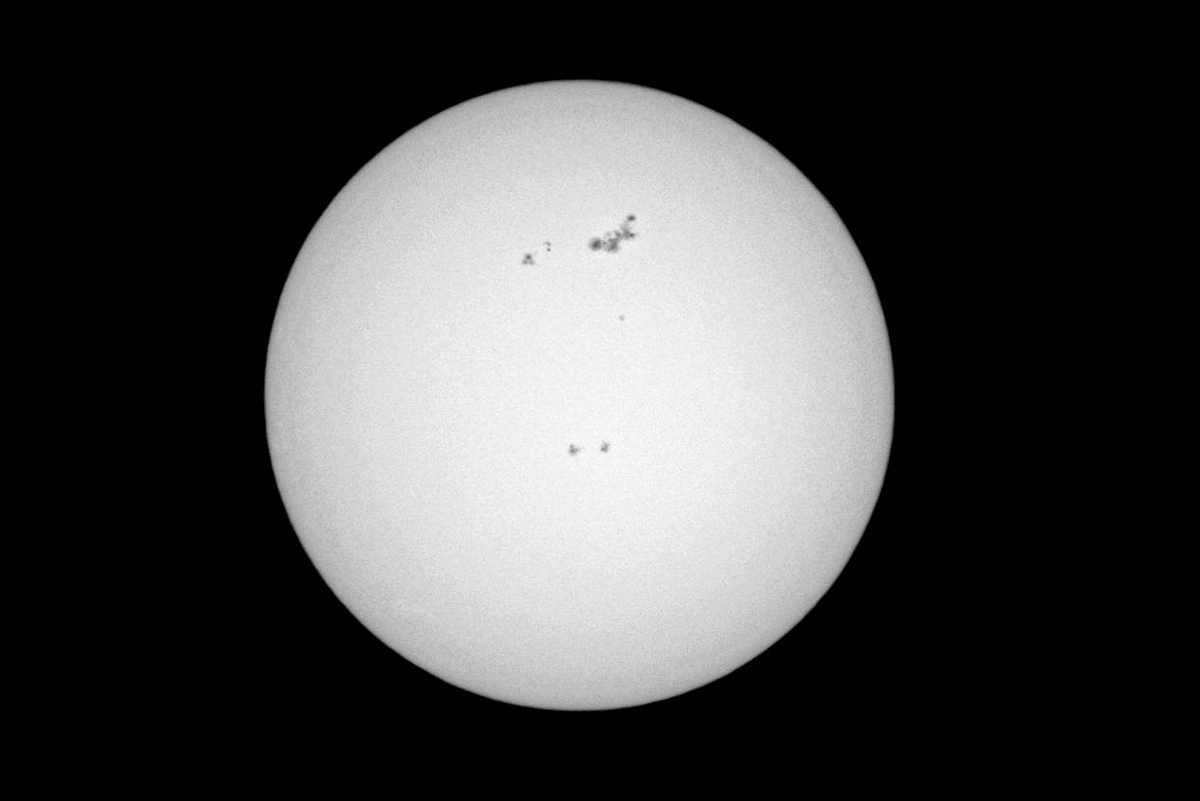Strong Solar Flares Still Shooting Out from Active Sun

The sun is continuing its active streak this week, firing off another solar flare late Thursday (March 8) from the same region that produced this week's strong solar storm.
An M6.3-class solar flare — a mid-range eruption — spewed from the surface of the sun last night at 10:53 p.m. EST (0353 GMT March 9), according to an alert from the Space Weather Prediction Center, a joint operation by the National Oceanic and Atmospheric Administration (NOAA) and the National Weather Service.
Space weather scientists use five categories — A, B, C, M and X — to rank solar flares based on their strength and severity. A-class flares are the weakest types of sun storms, while X-class eruptions are the most powerful.
The M-class solar flare exploded from the same sunspot region, called AR1429, which has been particularly active all week. This dynamic region has already unleashed three strong X-class solar flares. On Tuesday (March 6), two powerful X-class eruptions triggered the strongest solar storm in more than five years. [Photos: Solar Flare Eruptions of 2012]
A fast-moving cloud of solar plasma and charged particles, called a coronal mass ejection, was triggered by the Tuesday X-class eruptions, and hit Earth yesterday. The resulting geomagnetic storm was weaker than expected, but solar physicists say there is a potential for conditions to escalate.
"NOAA forecasters estimate a 40% chance of an X-class solar flare today from big sunspot AR1429," astronomer Tony Phillips wrote on his website Spaceweather.com, which monitors space weather and skywatching events. "The sunspot is almost directly facing Earth, so any such eruptions should be geoeffective."
The massive region shows no signs of quieting down, and also appears to be growing.
Sign up for the Live Science daily newsletter now
Get the world’s most fascinating discoveries delivered straight to your inbox.
"Sunspot AR1429 keeps getting bigger! It's more than 7 times the width of Earth," scientists with NASA's Solar Dynamics Observatory said via Twitter.
With this sunspot region now facing Earth, at the central meridian of the solar disk, strong solar eruptions have the potential to wreak havoc on the planet. Big coronal mass ejections that hit Earth head-on can potentially knock out power grids and disrupt other electronics infrastructure. Strong solar storms can also disrupt satellites in space and pose radiation risks for astronauts aboard the International Space Station.
The sun appears to be coming out of an extended lull in activity in its 11-year cycle. The current cycle is known as Solar Cycle 24 and solar activity is expected to ramp up toward its peak in 2013, NASA officials have said.
This story was provided by SPACE.com, a sister site to LiveScience. You can follow SPACE.com staff writer Denise Chow on Twitter @denisechow. Follow SPACE.com for the latest in space science and exploration news on Twitter @Spacedotcom and on Facebook.

Denise Chow was the assistant managing editor at Live Science before moving to NBC News as a science reporter, where she focuses on general science and climate change. Before joining the Live Science team in 2013, she spent two years as a staff writer for Space.com, writing about rocket launches and covering NASA's final three space shuttle missions. A Canadian transplant, Denise has a bachelor's degree from the University of Toronto, and a master's degree in journalism from New York University.











